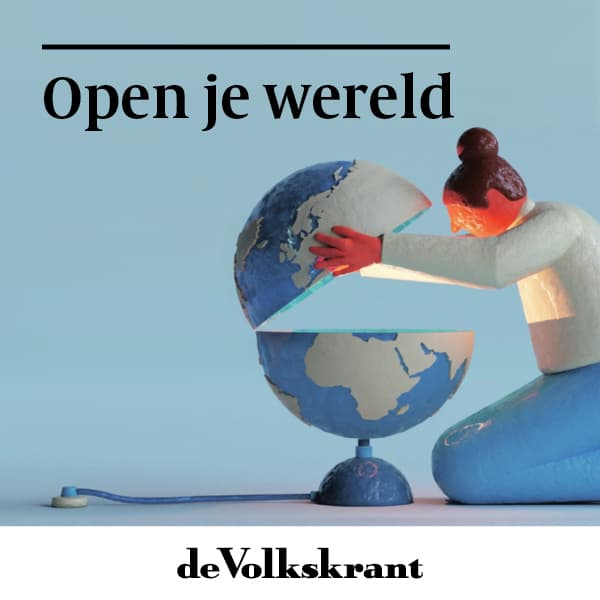Communication, Marketing and Press
IDFA’s communication strategy targets a diverse audience of festival visitors, film professionals, educators, partners, sponsors, and funders. Marketing and communication play a key role in shaping IDFA’s positioning, reinforcing its identity as an artistic, inclusive, and forward-thinking global institute for documentary film. At the same time, IDFA is committed to expanding its reach and actively engaging diverse audiences.
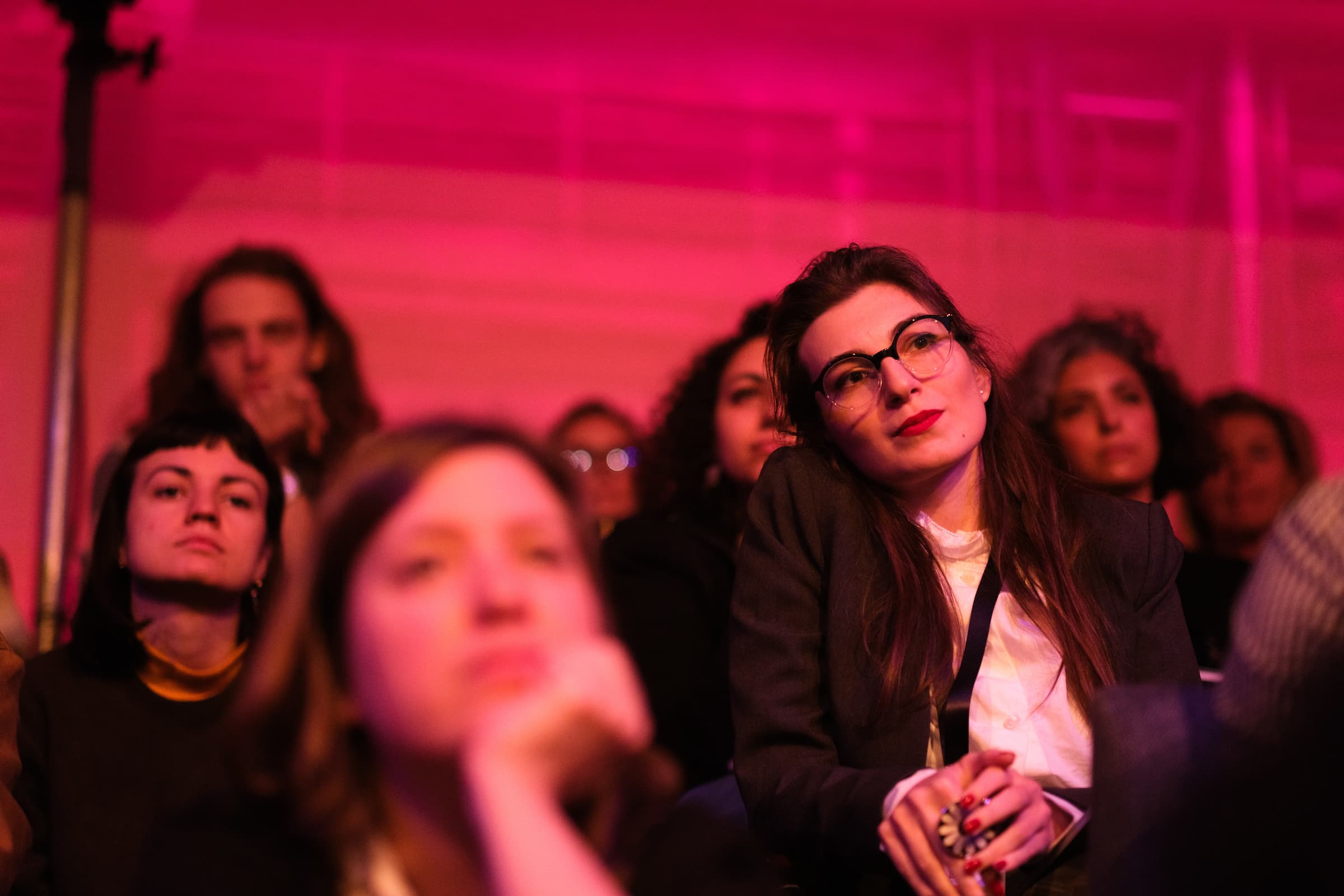
Filmmakers during the IDFAcademy Opening Talk
Audiences
IDFA’s online presence continues to grow steadily across its own channels and external platforms. In 2024, website traffic increased by nearly 28%, from 1,385,000 to 1,786,000 visits. IDFA also maintained a strong presence on social media platforms, including Instagram, LinkedIn, and Facebook. Instagram saw a 24% increase in followers, reaching 55,000, while LinkedIn grew by 10% to 19,000 followers. Targeted newsletters to key audiences reached nearly 90,000 readers—with specialized newsletters to educational institutions, new media audiences for DocLab, professionals, general audiences, partners, and donors.
Additionally, IDFA publishes two key print and digital publications. Het Programma Magazine is designed for Dutch audiences, with a print circulation of 50,000 and a digital reach of 1,041,000 through national newspaper de Volkskrant, Notes on a Festival is created for the 3,500 professionals who attend IDFA each year.

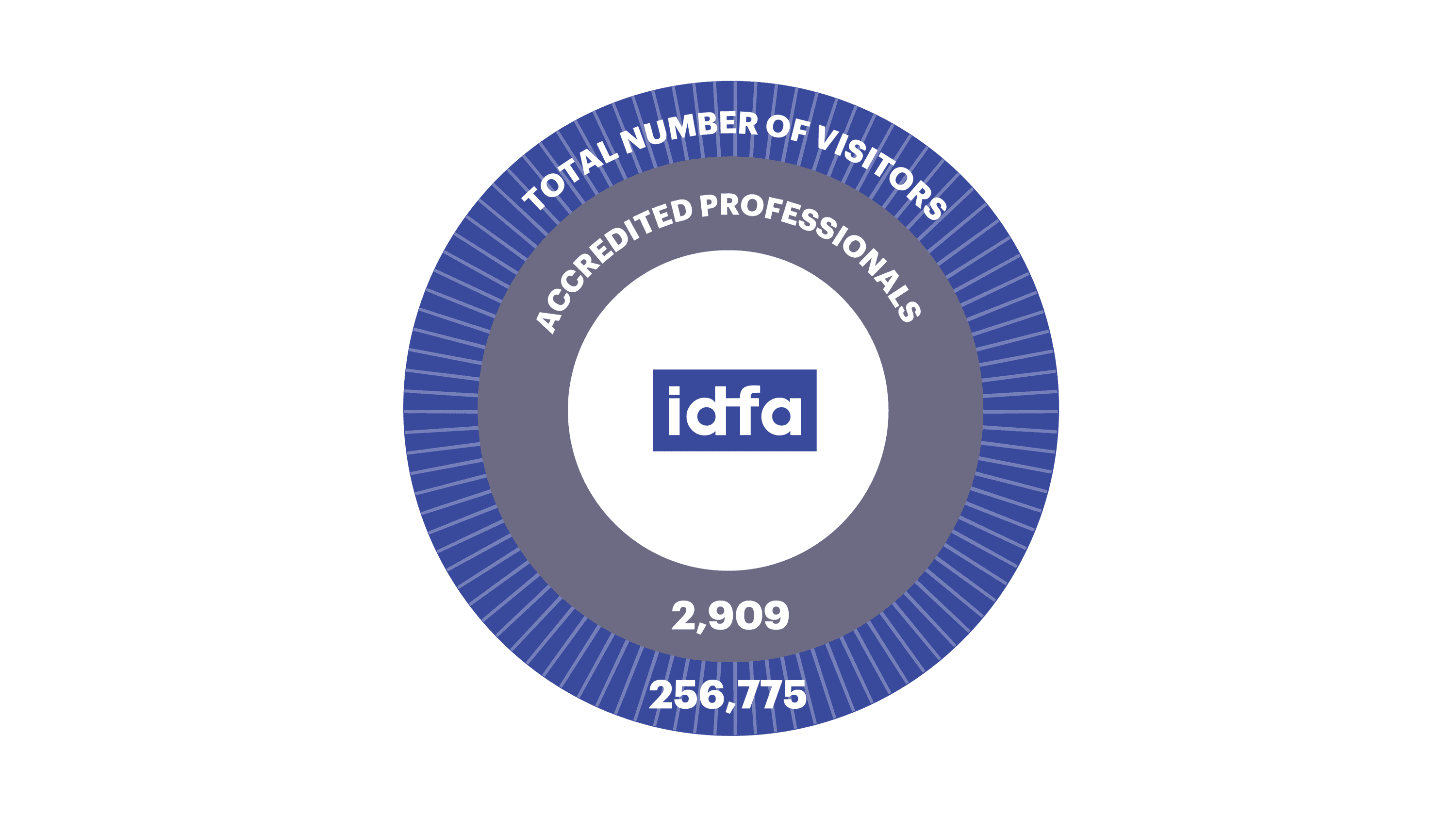
Reaching young and culturally diverse audiences
Expanding IDFA’s reach to younger and more culturally diverse audiences remains a key priority. In 2024, marketing and communication efforts focused on content-driven collaborations with media partners, curators, and content creators (influencers). IDFA actively invested in new and ongoing partnerships with organizations such as Cineville, OneWorld, WePresent, We Are Public, Bonne Suits, MacGuffin, Jong Fruit, and Dark Matter. A diverse group of content creators, including Damn Honey, Nicolaas Veul, Omroep Zwart, and Havermelkelite, also contributed to increasing IDFA’s visibility among younger audiences.
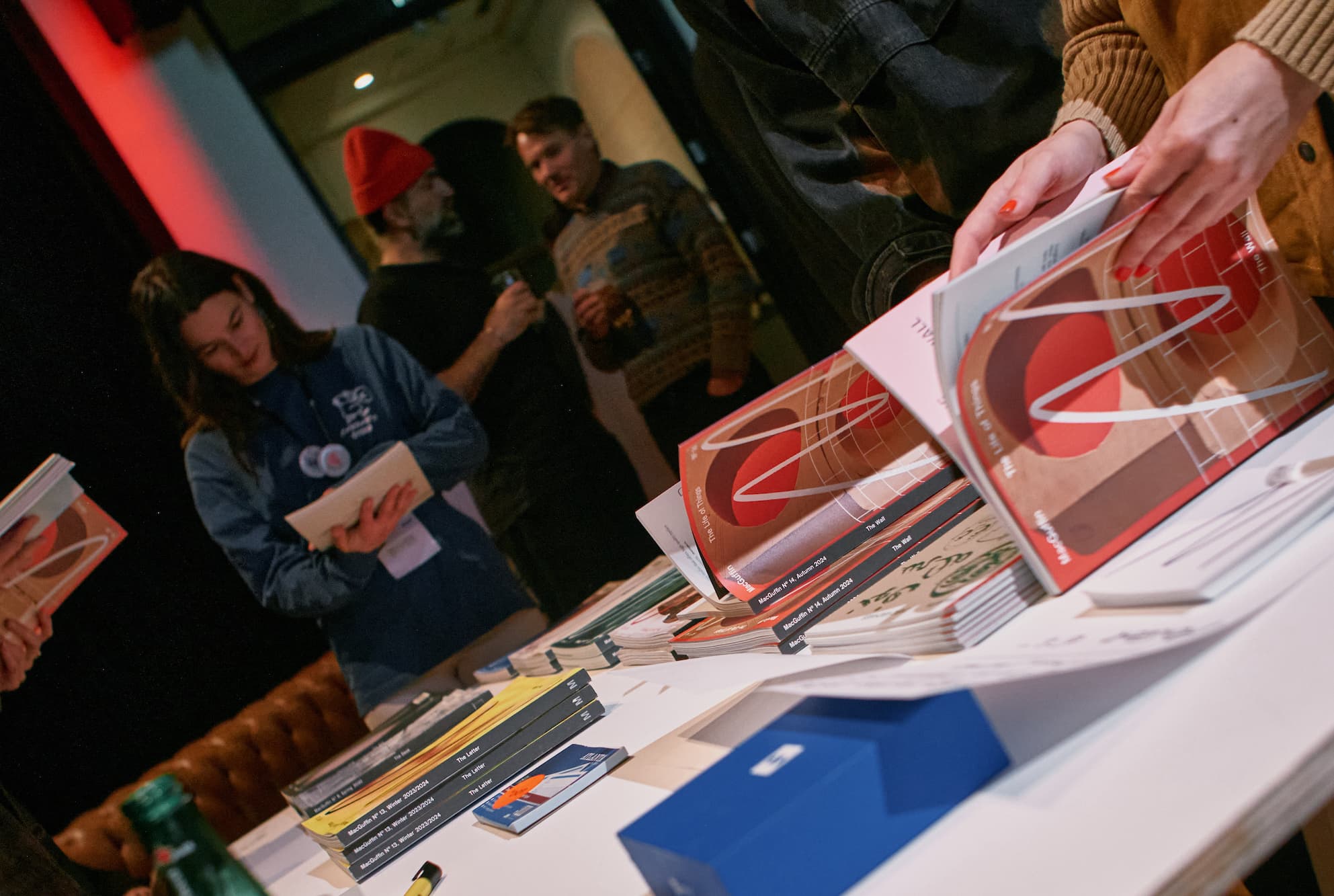
Visitors during IDFA Meets MacGuffin (Photo: Dre)
Accessibility at IDFA
In 2024, IDFA strengthened its commitment to accessibility, with particular attention to audiences with physical disabilities. This includes clear and proactive communication about the accessibility of festival venues and specific screenings with adjustments and extra facilities, both during the festival and at our year-round location Het Documentaire Paviljoen. IDFA also introduced several accessibility filters to the festival program.
Film professionals and international reach
For film professionals, IDFA continues to position itself as an international, inclusive, innovative, and sustainable institute for creative documentary and new media. During the festival and throughout the year in Amsterdam, emerging talent finds opportunities for discovery, new works by established filmmakers take center stage, and significant attention is given to non-Western cinema and media art. IDFA’s international visibility as grown substantially in recent years, with media coverage spanning North America and Western Europe, as well as emerging markets in Asia, South America, Africa, and the Middle East. In 2024, all major international critics from leading publications, including Variety, Screen, Deadline, The Hollywood Reporter, and IndieWire, attended the festival and published coverage on IDFA.
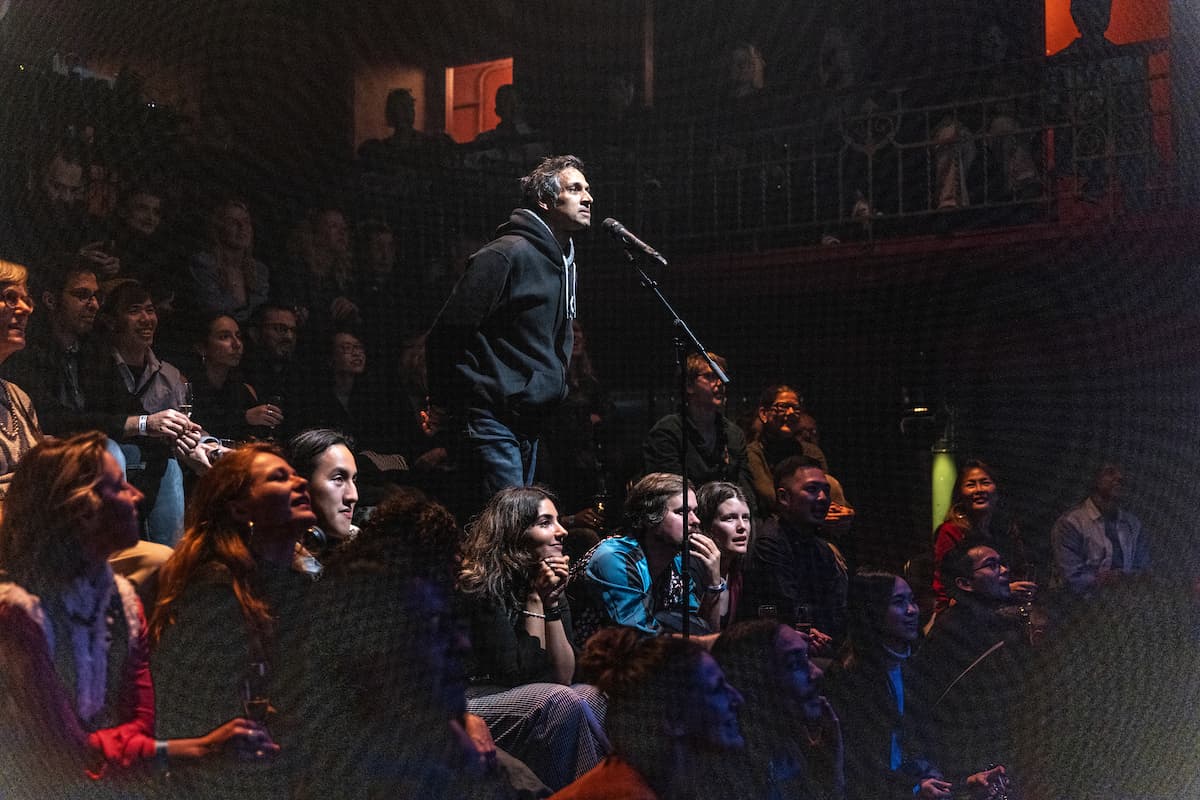
Visitors during the opening night of the DocLab exhibition (Photo: Angeniet Berkers)
Media and publicity
Alongside paid and owned media, IDFA leverages earned media through partnerships with national and international outlets, such as de Volkskrant, De Groene Amsterdammer, VPRO, NPO, and leading international film trade publications like Variety, Screen, and The Film Verdict. Organic press coverage plays a key role in IDFA’s visibility. In 2024, free publicity in the Netherlands alone reached an audience of 69 million, with an estimated media value of €1 million.
Festival campaign
For the third consecutive year, IDFA invited artists to create the festival campaign, offering their vision on IDFA and the art of documentary. This year, visual artists Raul Balai and Ehsan Fardjadniya were approached for this endeavor. Known for blending art and activism, the duo critically examined how cultural institutions—including IDFA—engage with themes of diversity, inclusion, and responsibility. Their campaign features imagery ranging from an idyllic picnic disrupted by distant explosions to AI-generated symbolism, serving as a visual critique of how social themes are sometimes superficially adopted as marketing tools without genuine commitment.
